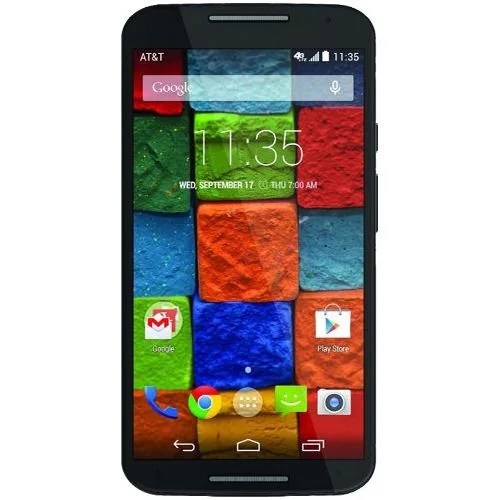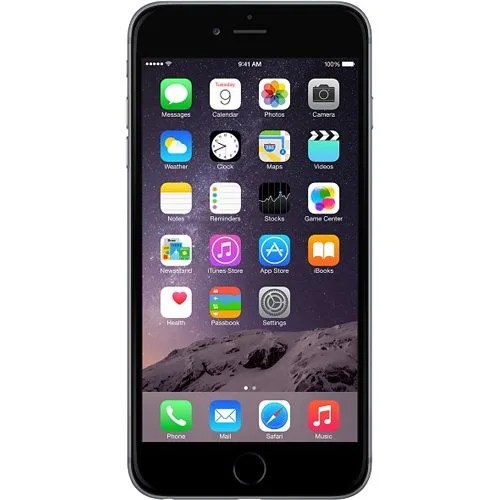Selecting a single smartphone to sit atop 2014’s pedestal just felt awkward. With such a broad base of options to choose from and a handful of markedly different operating systems, we instead chose a victor from each of the three most heavily used platforms: Android, iOS, and Windows Phone. Across the board, we saw phones grow larger, thinner and more longevous in 2014. Hardware designs held steady for the most part, increased screen real estate notwithstanding — but what’s most exciting is the progress being made to slow fragmentation. All three of the biggest mobile platforms are ushering in new developer and design standards that help to unify and simplify design languages, which should lead to sleeker user interfaces and fewer gimmicks.
Moto X

In a world where almost every Android maker is infecting the OS with gimmicks and unmanageable extras, Motorola’s purist strategy has become a competitive advantage. Aside from a few tweaks — all of which are actually useful, and don’t serve to bog the phone down — the Android that you’ll find on the new Moto X is the Android that ships directly from Google. The additions that are included serve to keep you informed and engaged with the real world. Active Display gives you a quick glimpse at whatever notification has just come through; you can also fire up the camera with just a twist of the wrist, another brilliant feature that keeps your eyes focused on the moment you’re trying to capture instead of hunting for a camera icon.
The 5.2-inch 1080p display is tops in the industry, and the new model eschews plastic for aluminum in the chassis department. All-day battery life is a given, and Moto’s exclusive fast charging technology gives you eight full hours of usage after just 15 minutes on the charger.
Most of Moto’s rivals are grappling for superiority in the specs game, but the new X turns a blind eye to unwinnable wars and focuses on creating a complete package. From an ergonomic design to downright sexy leather and wood back options, the X looks as good as it performs. It’s missing a high-storage option for those who want to cram 128GB or more of local content onboard, and unlike the original, this one’s no longer made in the U.S.A. That aside, it’s a steal at just $500 off-contract, and those willing to spend a bit more can get it designed any way they want it with the Moto Maker program. Clean lines, pure Android, and the fairest pricing for any Android flagship? Smells like a winner.


